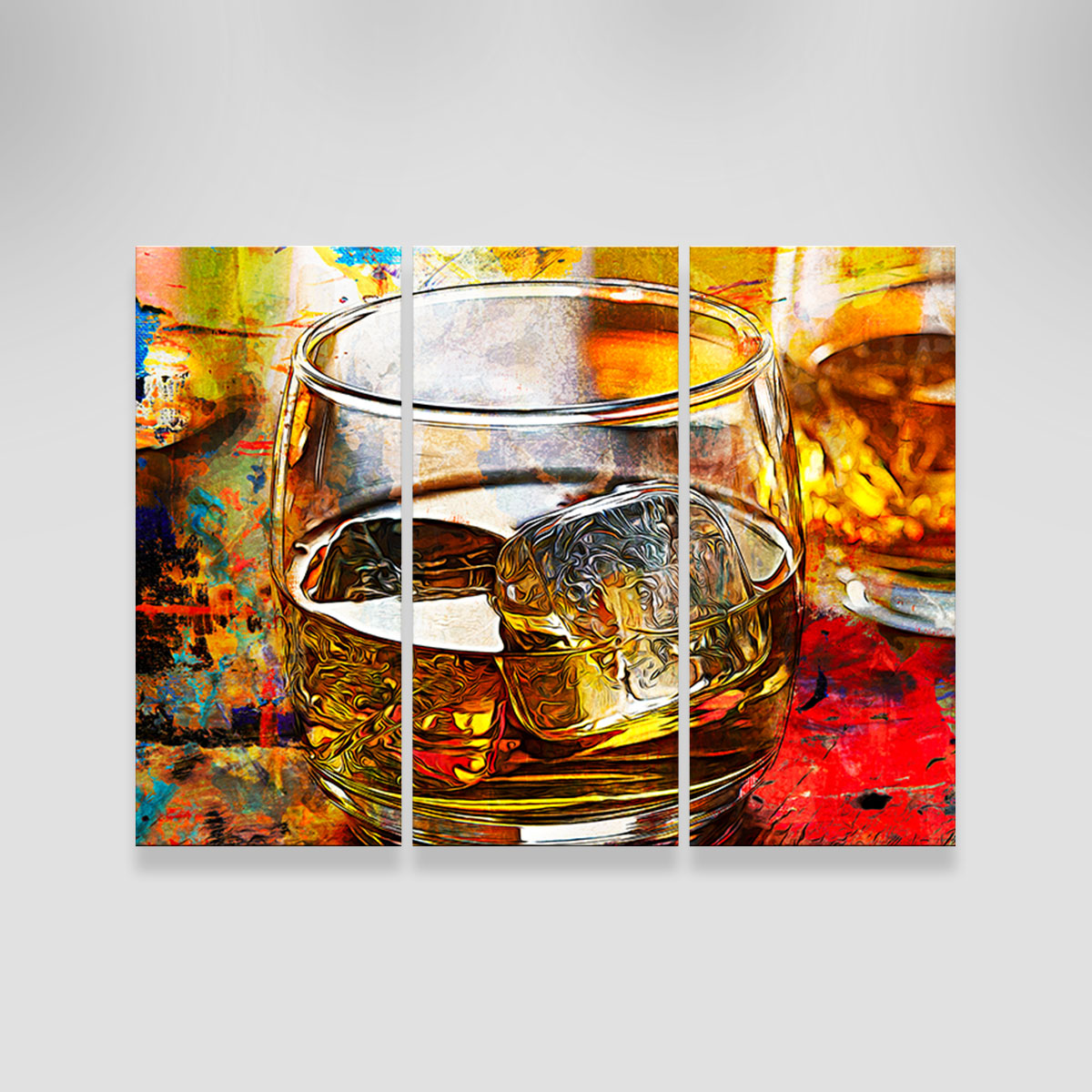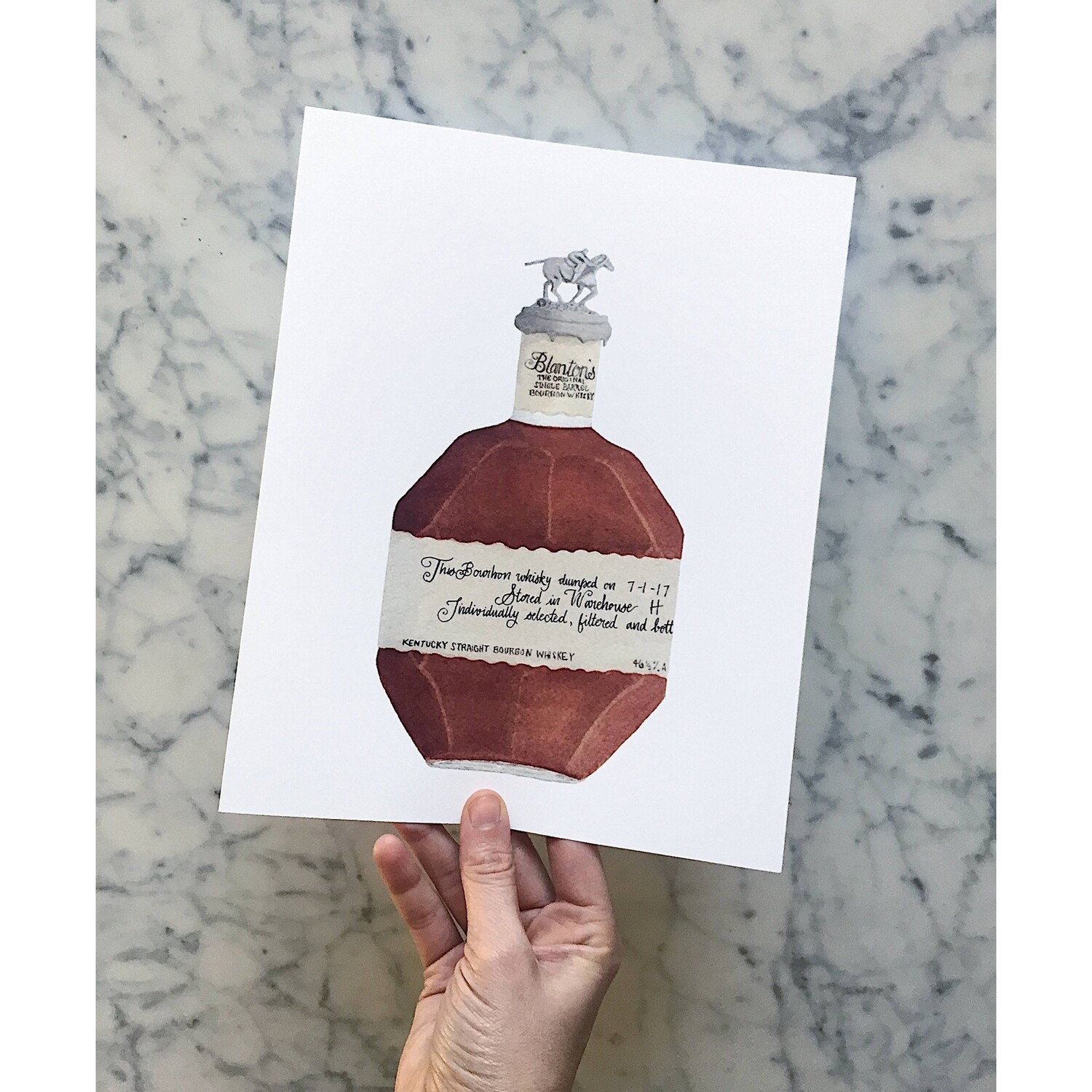Realism Art in the Whiskey Market: Depicting Moments of Distillation
Realism Art in the Whiskey Market: Depicting Moments of Distillation
Blog Article
The Significance of Whiskey Art in Celebrating Heritage and Workmanship in the Beverage Industry
The detailed connection in between scotch art and the celebration of heritage and craftsmanship within the drink market can not be overemphasized. Through attentively developed labels and bottles, scotch brand names envelop their historical roots and the artisanal skills that define their production approaches.
The Historical Origins of Whiskey
At the heart of whiskey's appeal lies a rich tapestry of historical origins that trace back to ancient worlds. The beginnings of whiskey can be linked to the distillation methods of the Sumerians and Babylonians around 2000 BCE, where very early kinds of fermented grain drinks began to emerge. It was in the Middle Ages that the art of distillation evolved significantly, specifically in Ireland and Scotland, leading to the creation of whiskey as we recognize it today.
The term "bourbon" itself originates from the Gaelic word "uisce beatha," indicating "water of life." This phrase underscores the cultural importance of scotch in Celtic cultures, where it was frequently connected with rituals, celebrations, and common bonding. By the 15th century, purification became an acknowledged craft within reclusive communities, leading the way for the establishment of lawful distilleries.
As profession courses increased, whiskey's popularity expanded, transcending local boundaries and capturing the passion of aficionados worldwide. Limited Edition. This historic journey shows not just the workmanship behind whiskey manufacturing however likewise its integral function in social and social contexts, marking it as a substantial drink throughout history
Artistic Expression in Branding
Scotch branding stands as an engaging intersection of virtuosity and business, where visual identification plays a crucial role fit customer perception. The aesthetics of bourbon tags, packaging, and advertising and marketing products show not only the brand's story but also its core worths and heritage. With creative expression, distilleries communicate a narrative that reverberates with consumers, evoking feelings and stimulating links.
Making use of shade, typography, and images in branding offers to set apart items in a saturated market. Traditional motifs might stimulate a sense of credibility and craftsmanship, while modern-day layouts can symbolize development and forward-thinking. This tactical imaginative instructions improves brand name acknowledgment and commitment, enabling consumers to build an individual relationship with the bourbon they pick.
Additionally, imaginative expression in branding often acts as an event of local heritage. Distilleries frequently integrate neighborhood symbols or historic referrals right into their designs, developing a local color that invites customers to take part in a broader cultural experience. Inevitably, the virtuosity behind scotch branding not only enhances aesthetic allure but likewise enriches the overall story of the brand name, cultivating a deeper recognition for the workmanship and heritage embedded in each container.
Workmanship in Bottle Style
The artistry evident in whiskey branding extends past aesthetic identification to incorporate the workmanship associated with container style. Each container works as a vessel not just for the spirit within, but likewise for the story it informs regarding its origin, tradition, visit homepage and high quality. The layout process requires careful interest to information, as aspects such as closure, shape, and material contribute significantly to the total assumption of the bourbon.
Workmanship in bottle layout includes choosing top notch glass that can boost the whiskey's shade and clearness, while likewise offering a responsive experience for the customer. The shape of the bottle should be both aesthetically appealing and practical, typically mirroring the heritage of the brand. Lots of distilleries select unique shapes or embossed logos that evoke a sense of authenticity and history.
Furthermore, the label design and typography play a critical role in interacting the brand name's story. Limited Edition. A well-crafted bottle not just mesmerizes the customer's eye yet additionally enhances the brand's dedication to top quality and practice. By doing this, the craftsmanship of bottle layout becomes a crucial facet of the whiskey experience, merging virtuosity with an extensive respect for heritage
Cultural Relevance of Scotch Art
Celebrating tradition and craftsmanship, the cultural relevance of scotch art goes beyond plain aesthetic appeals, linking with the social and historic stories of the areas from which it originates. Each bottle acts as a canvas, illustrating the unique tales, mythology, and practices that have formed regional whiskey-making techniques. The elaborate styles usually mirror the article source heritage of the distillers, incorporating icons and themes that resonate with the society and worths of their communities.

On top of that, whiskey art plays a vital role in public celebrations and events, working as a tangible link between people and their shared experiences. By valuing the artistry in bourbon product packaging, consumers grow a much deeper understanding and respect for the craft, ultimately enriching their enjoyment of the drink itself.
Modern Trends in Bourbon Discussion
Over the last few years, the presentation of whiskey has actually advanced to reflect contemporary tastes and trends while still recognizing standard craftsmanship - Limited Edition. Distilleries are increasingly focusing on visual components that improve the overall drinking experience, linking the void between heritage and modernity
Ingenious container styles have arised, often including sustainable products and artistic tags that inform compelling tales. Numerous brands currently work together with regional musicians, infusing their products with unique aesthetic expressions that our website resonate with customers. Furthermore, limited-edition launches are commonly packaged in collectible containers, adding worth and appeal for aficionados.

Conclusion
In conclusion, whiskey art serves as a vital avenue for revealing the heritage and craftsmanship intrinsic in the beverage sector. Via detailed branding, ingenious container layouts, and culturally substantial artistic elements, whiskey brands successfully honor their practices and connect with consumers.


Craftsmanship in bottle style entails choosing high-quality glass that can enhance the bourbon's shade and clarity, while also giving a responsive experience for the consumer. In this means, the workmanship of bottle layout ends up being a crucial aspect of the whiskey experience, combining virtuosity with a profound respect for heritage.
In final thought, bourbon art serves as an important avenue for sharing the heritage and craftsmanship fundamental in the drink industry.
Report this page